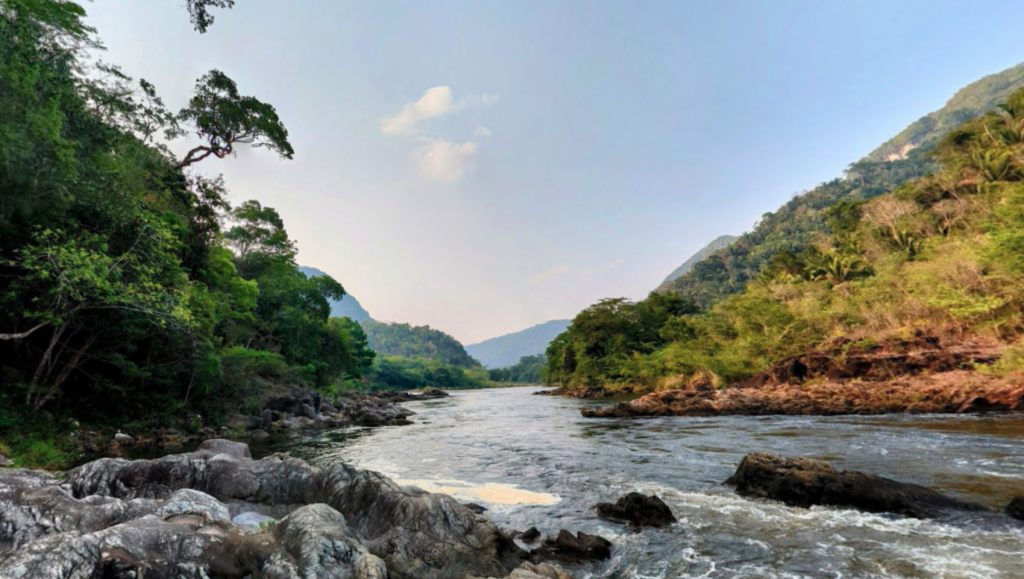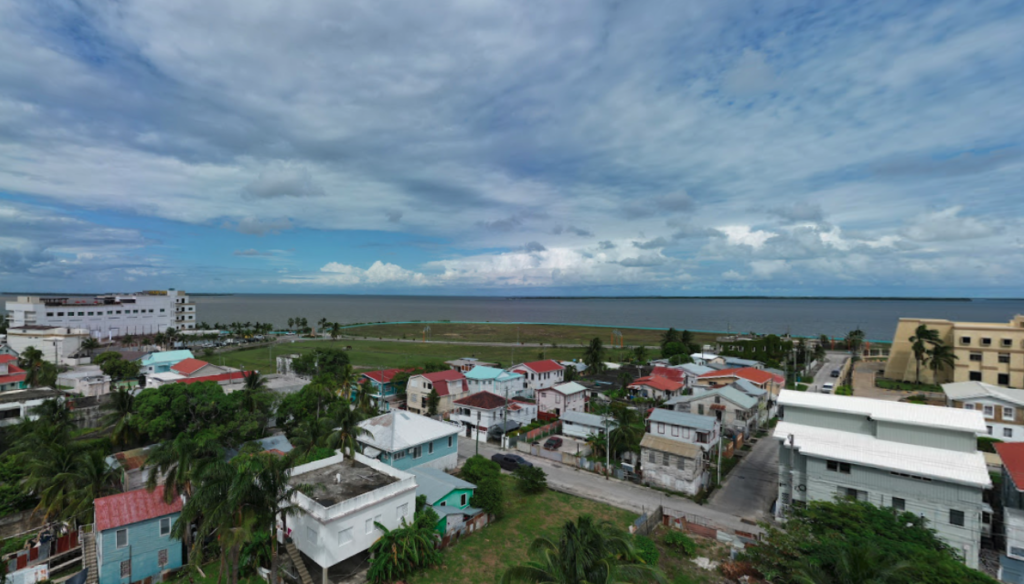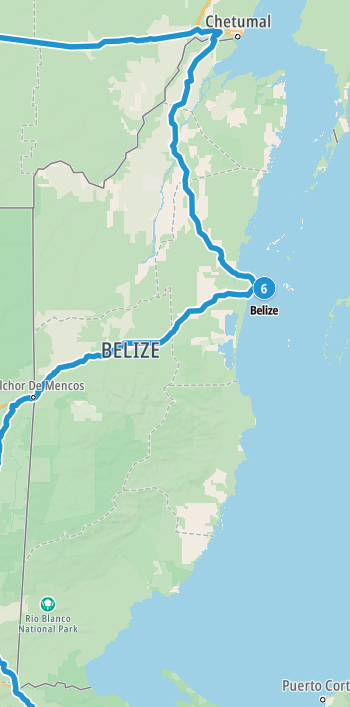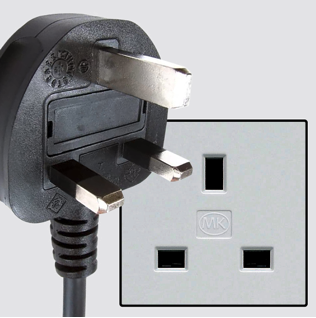Belize – Let’s explore here

What’s it like in Belize?
Belize is a small country in central America, about the same size as Wales, UK. Belize’s population is less than ½ million (2023), making it the least populous country in central America. Its capital, Belmopan is home to almost 13,000.
Belize sits on the Caribbean coast, To the east, in the Caribbean Sea, the second-longest barrier reef in the world flanks much of the 240 miles (386 km) of predominantly marshy coastline. The north is mostly flat, swampy heavily forested coastal plains. The south contains the low mountain range of the Maya Mountains. The highest point in Belize is Doyle’s Delight at 3,688 ft (1,124 m) above sea level.

A bit about the history of Belize
Early History and Indigenous Peoples
Before European arrival, Belize was inhabited by various Indigenous groups, primarily the Maya civilisation, which had established thriving city-states. The Maya built cities such as Caracol, Lamanai, and Xunantunich, with a rich culture, advanced knowledge of astronomy, and impressive architectural achievements. The decline of the Maya civilisation began around the 9th century, but some Maya communities continued to live in the region.
European Exploration and Colonisation
In the 16th century, the Spanish arrived in the region but were primarily focused on the nearby Yucatán Peninsula and central America. Due to the harsh terrain and the powerful indigenous resistance, the Spanish showed limited interest in Belize. During the 17th century, English pirates and settlers began to explore and establish settlements in the area, seeking timber resources, particularly logwood, which became a valuable commodity.
British Settlement and the Development of the Colony
In the late 17th century, the British established a more permanent presence in Belize, initially as part of the British Empire’s efforts to harvest timber. In 1740, Britain gained formal control over the region, naming it British Honduras. The colony relied heavily on slave labour, and by the 19th century, sugar and later bananas became important exports.
Road to Independence
After the abolition of slavery in 1834, Belize became a centre for trade and agriculture, but it remained under British control. Throughout the 20th century, there were increasing calls for self governance, and the country gradually moved toward greater autonomy. In 1964, British Honduras gained self government, with an elected legislature and a Premier as the head of government.
Independence
On September 21, 1981, Belize officially gained independence from Britain, becoming the independent nation of Belize. It maintained a constitutional monarchy, with the British monarch as the ceremonial head of state, but a locally elected Prime Minister serving as the head of government. Belize has worked to develop a strong tourism industry, focusing on its natural beauty, including the Great Barrier Reef and numerous Maya ruins, as well as promoting education, healthcare and social welfare.
Modern Era
In recent decades, Belize has faced various challenges, including political changes, environmental threats such as hurricanes and climate change, and economic struggles. However, it remains a stable democracy and is known for its rich cultural diversity, being home to people of various ethnicities, including Creole, Maya, Garifuna, and Mennonite communities. Belize continues to maintain close ties with neighbouring countries and is a member of the Caribbean Community (CARICOM) and other international organisations.

Belize road trip
Our Belizean road trip is part of a much larger North American road trip.
Map of our road trip through Belize

Our current planned road trip takes us from Mexico towards Belize city and the capital, Belmopan, before moving on to Guatemala.
No doubt we’ll explore the country much more than this continent-spanning short route shows, in particular checking out inland Belize.
Hopefully our journey will improve our knowledge of this intriguing and beautiful country, and enable us to meet some interesting people. We’ll be updating this page at that time – don’t forget to check back 🙂
What currency do they use in Belize?
In Belize they use the Belize Dollar. The US dollar is also accepted. Cash is widely used. The use of credit / debit cards is widely accepted in tourist areas, although not in rural areas. Traveller’s cheques are not accepted in the main. There are ATMs in tourist areas, although not all accept foreign issued cards.
You should make yourself aware of the amount that your bank charges you for using credit and debit cards abroad. Often credit cards are cheaper for purchasing items directly, and for withdrawing cash from ATMs.
What language do they speak in Belize?
They speak English, Spanish and Creole in Belize.
What time zone is Belize in?
Remember, when you’re planning your next trip to take a look at what time zone it’s in.
Do I need a visa to visit Belize?
We’ve created a dedicated, more comprehensive page on visas, which you should find helpful. Check it out!
What’s it like to drive in Belize?
They drive on the right hand side of the road in Belize. Roads conditions are generally poor, as are driving standards.
We’ve also created a dedicated page to driving abroad, which you might find helpful 🙂
Is wild camping legal in Belize?
Yes, wild camping is fine in Belize, although make sure the land is not private.
What plug / socket type do they use in Belize?
In Belize they use plug / socket types A, B and G.



Health issues in Belize
Is it safe to drink water in Belize?
Yes, it is safe to drink tap water in Belize. Bottled water is also readily available across the country.
What vaccinations are required for Belize?
This NHS website is kept up to date with all relevant information on vaccinations in Belize.
Phones in Belize
What is the country calling code for Belize?
The country calling code for Belize is +501
What are the emergency phone numbers in Belize?
- The emergency number for police in Belize is: 911
- In Belize, the emergency number for ambulance is: 911
- The emergency number for fire in Belize is: 911
If you’ve got some useful info that you’d like to share, let us know!
And don’t forget to check out all the other pictures!
